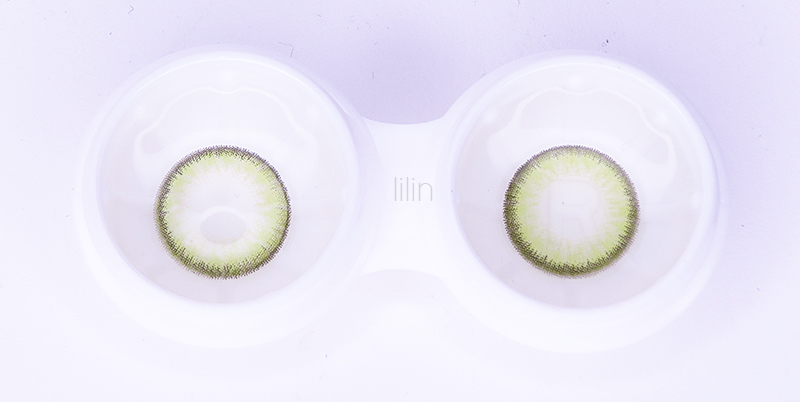

In addition, the incidence of side effects from surgery was low with less than 10% of complications being potentially globe threatening (2). In one recent study, only 1 out of 30 tumors recurred after a combination therapy protocol (2). Feline and canine limbal melanomas are amenable to a variety of therapies including surgical debulking with a combined keratectomy and sclerectomy, cryotherapy, laser photocoagulation, radiation, and surgery with homologous and autologous grafting (2,3,4). While these tumors are less common in cats, they may occur and have a similar clinical course as canine melanomas (3). Often, secondary keratitis with corneal lipid deposition will occur as a result of the tumor presence (2,3). Though benign, limbal melanomas may become globe-threatening with growth due to local invasion. These tumors are thought to have an inherited basis as Golden Retrievers are four times more likely and Labradors are three times more likely to develop this compared to other breeds (1). These tumors typically occur along the dorsomedial to ventrolateral limbal arc of the globe at the corneal and scleral junction.1 A bimodal age distribution has been described with a peak occurrence at 3-4yrs of age and 7-10yrs of age in dogs (1,2).

Limbal melanomas are benign, slowly growing tumors of limbal melanocytic origin. Very responsive to a variety of therapies.



 0 kommentar(er)
0 kommentar(er)
